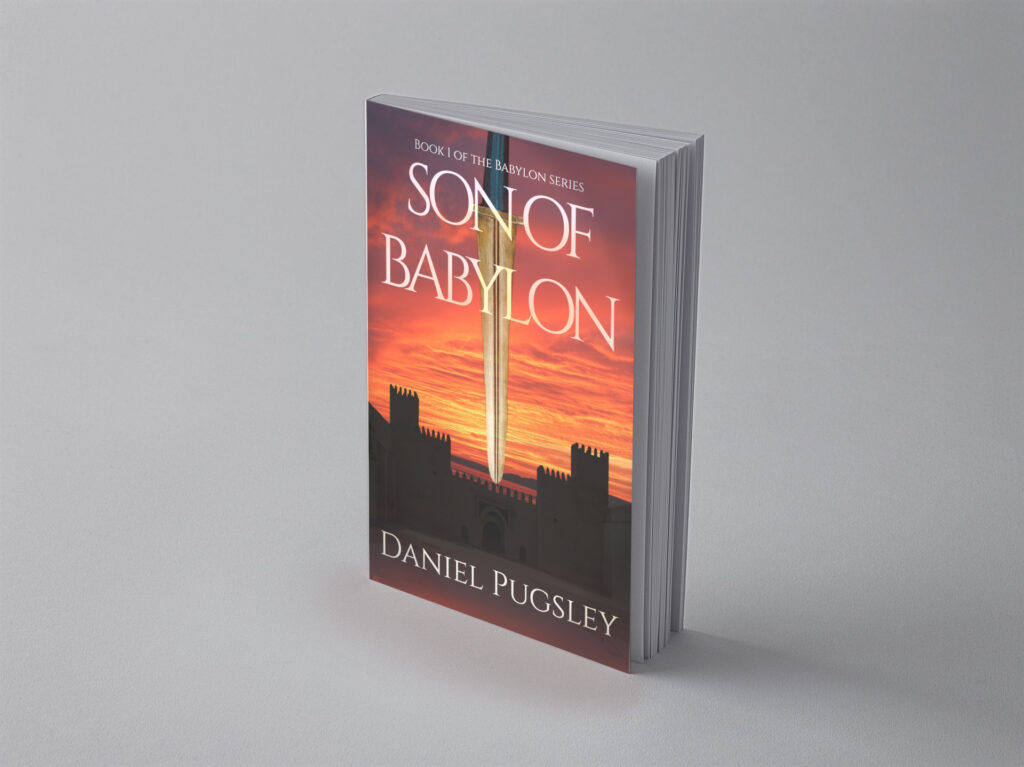Introduction
When it comes to writing a novel, there’s no one-size-fits-all approach. Choosing the right novel structure can have a profound impact on how your readers experience your story. In this article, I will explore some of the different ways to structure a novel, along with their benefits and drawbacks.
Linear Structure
Benefits:
Simplicity: The linear structure is straightforward, making it accessible for both writers and readers.
Chronological clarity: It allows you to present events in a logical order, making it easy for readers to follow the story.
Character development: Readers can witness characters evolve over time.
Drawbacks:
Predictability: The linear structure can become predictable, lacking surprises or twists.
Limited timelines: It might not be suitable for stories involving complex timelines or multiple perspectives.
Non-linear Structure
Benefits:
Complexity: Allows for intricate storytelling by playing with time and perspective.
Engaging puzzles: Keeps readers engaged by challenging them to piece together the narrative puzzle.
Unique storytelling opportunities: Allows for exploration of various themes and emotions from different angles.
Drawbacks:
Confusion: Poorly executed nonlinear structures can leave readers feeling lost or frustrated.
Requires skill: Crafting a coherent nonlinear narrative demands careful planning and execution.
Multiple POV
Benefits:
Rich character development: Offers a broader understanding of the story by presenting it through the eyes of multiple characters.
Depth and complexity: Enables you to explore various perspectives, motivations, and emotions.
Dynamic storytelling: Keeps the narrative fresh and engaging as readers switch between different viewpoints.
Drawbacks:
Risk of inconsistency: Maintaining consistent voices and viewpoints can be challenging.
Potential for reader favouritism: Some readers may connect more with certain characters, leading to disappointment when switching to less-favoured perspectives.
Themed Narrative
Benefits:
Layers of storytelling: It adds depth by nesting one story within another (e.g., a story within a story).
Engages the reader’s curiosity: Encourages readers to explore the connections between the framed and framing narratives.
Allows for thematic exploration: Can be used to convey deeper themes and symbolism.
Drawbacks:
Complexity: Balancing multiple narratives can be challenging and may overwhelm readers.
Potential for confusion: If not executed with clarity, readers may struggle to distinguish between different narrative layers.
Son of Babylon

Son of Babylon is very much a linear structure. I chose this because I felt with such a rich and complex world, which may be quite unfamiliar to most readers, I needed the clarity and simplicity it allows. I also felt I could alleviate the drawbacks of this structure because with a single POV character, and in an unfamiliar setting, I could avoid predictability.
Conclusion
In the world of novel writing, structure is a powerful tool that can shape the reader’s experience and the overall impact of your story. While these structures offer various benefits and drawbacks, there’s no one ‘right’ way to structure a novel. The key is to choose the framework that best serves your story’s unique needs and the emotional journey you want your readers to undertake. Whether you opt for a linear, nonlinear, multiple POV, or framed narrative, remember that the most important factor is the story itself – the heart and soul of your novel. So, experiment, find your voice, and create a structure that enhances your storytelling and captivates your audience.
Leave a Reply